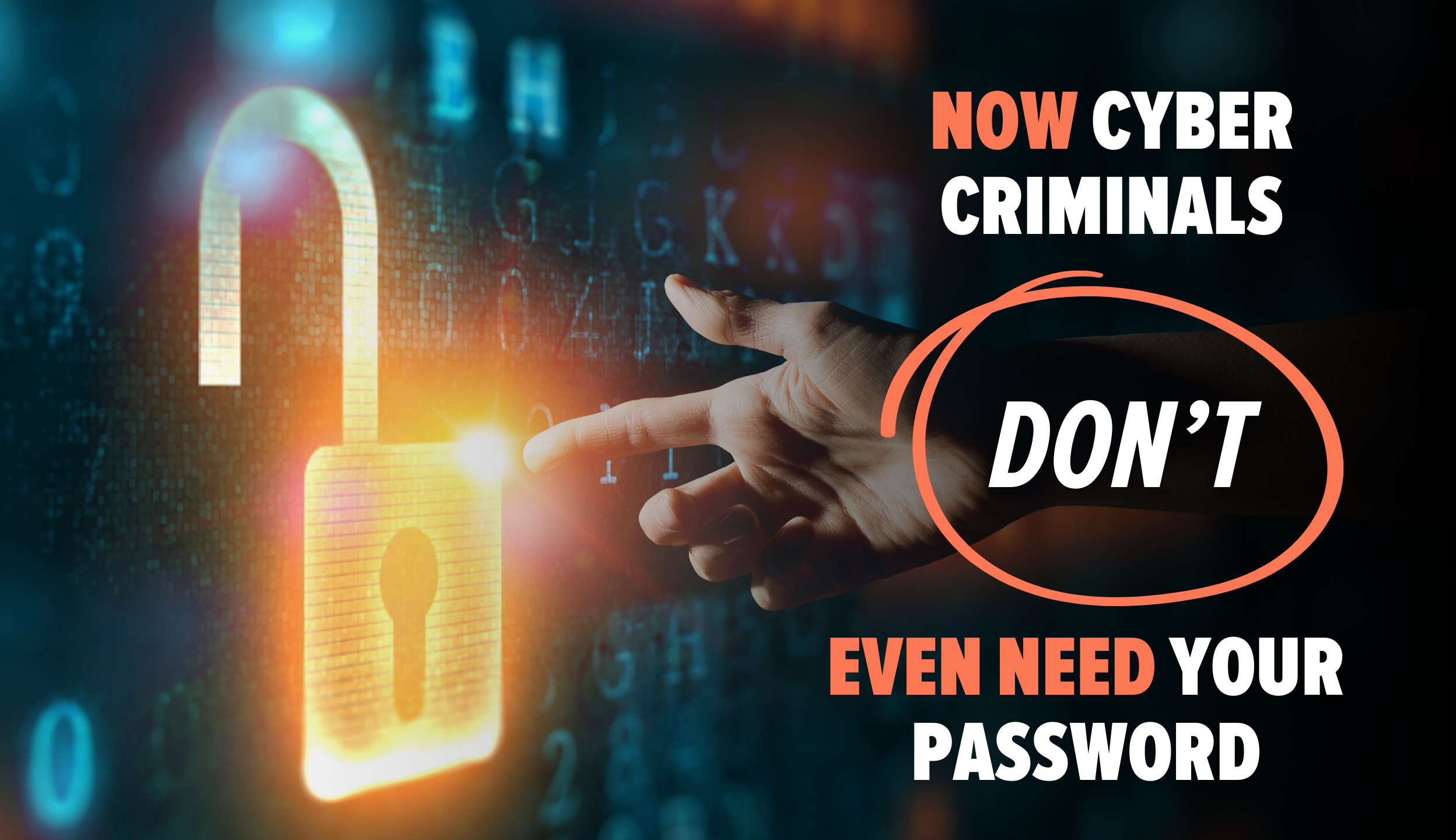Just when you think your business has cybersecurity under control, a new tactic emerges. And this one is clever—criminals can now gain access to your Microsoft accounts without stealing your password.
It’s called device code phishing, and businesses everywhere are at risk.
Microsoft recently flagged this attack method as a growing threat, and for good reason—it bypasses traditional safeguards and even tricks multi-factor authentication (MFA).
How Does Device Code Phishing Work?
Unlike typical phishing scams, which trick you into entering your username and password on a fake website, this method uses legitimate Microsoft login pages. That’s what makes it so dangerous.
Here’s what happens:
-
You receive a convincing email—maybe it looks like it’s from HR or a colleague—inviting you to a Microsoft Teams meeting.
-
The email includes a device code and tells you it’s needed to log in or join the meeting.
-
You click the link, see a real Microsoft login screen, and enter the code.
Seems harmless, right? Unfortunately, that’s the trap. By entering that code, you’re giving the attacker access to your Microsoft account on their device. And because the login process goes through official Microsoft channels, even MFA may not protect you.
Once inside, attackers can:
-
Read and send emails using your account
-
Access sensitive files
-
Impersonate you to target others in your organization
It’s like handing over the keys to your office without realizing it.
Why It’s So Hard to Detect
This scam works because:
-
The login page is legitimate (not a fake site)
-
No password is requested
-
There are no obvious red flags
Plus, attackers often capture your session token, which keeps them logged in—even after you change your password.
How to Protect Your Business
1. Train Your Team
Awareness is your best defense. If someone receives an email asking them to enter a device code, they should stop and verify the request through a trusted method—like calling the sender directly.
2. Disable Device Code Login
If your business doesn’t use device code authentication, ask your IT provider to disable it. This simple step closes the door on this scam entirely.
3. Add Conditional Access Rules
Work with your IT team to implement security policies that only allow sign-ins from trusted devices and locations.
4. Ongoing Cybersecurity Training
Cybercriminal tactics evolve constantly. Regular training ensures your employees know what to look for—and what to avoid.
Stay Ahead of the Threats
Cybersecurity isn’t about reacting after the fact—it’s about staying proactive. At Methodology IT, we specialize in keeping businesses secure by implementing layered protections, monitoring threats, and providing ongoing employee training.
Want to make sure your Microsoft environment is safe?
Schedule a free security assessment with our team today.










